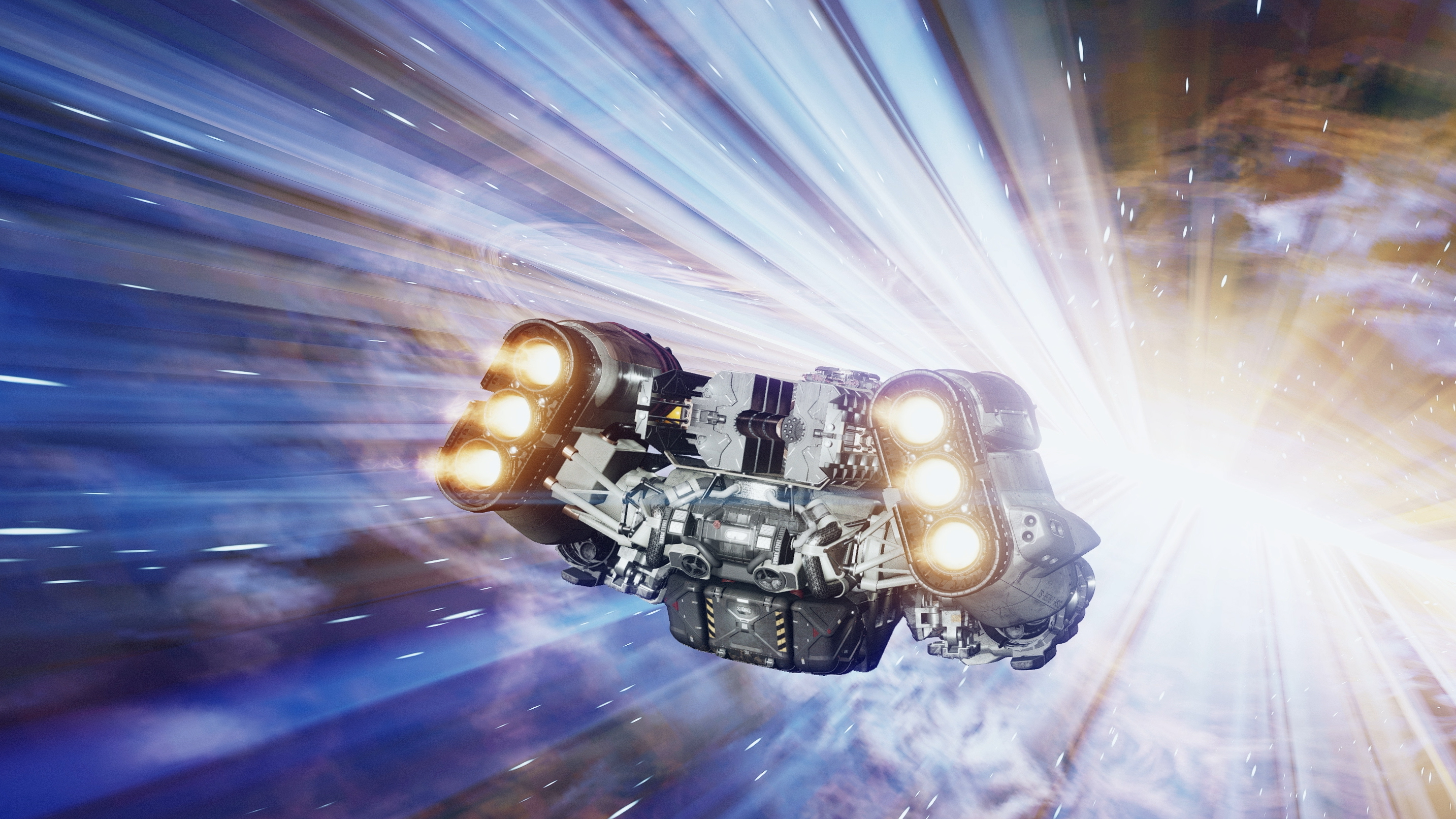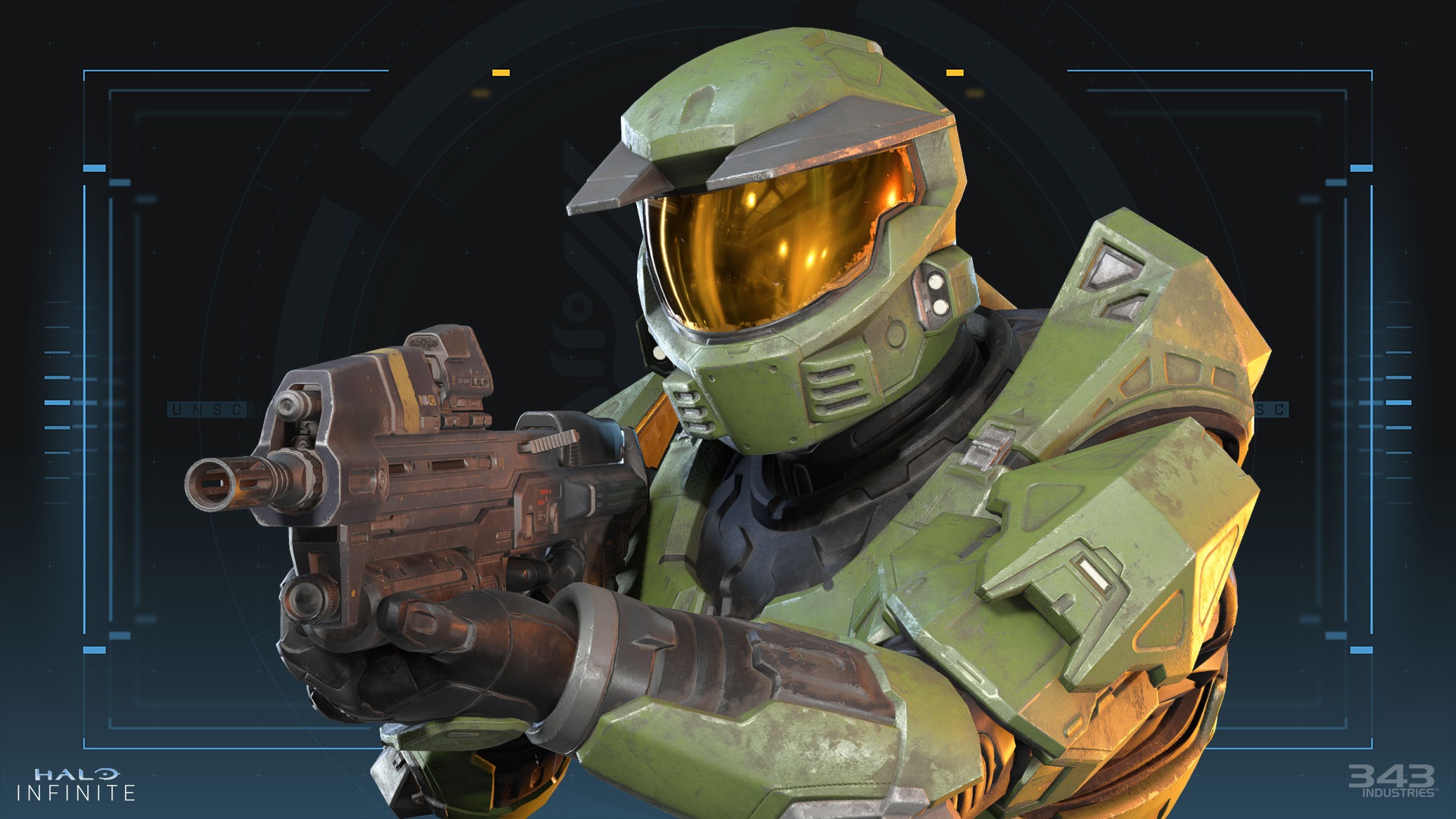
These requirements look like a rough draft, and they might not be entirely indicative of the actual system requirements to play the game.
If you caught yesterday’s Starfield Direct, you know that there’s some serious scale to Starfield’s gameplay and features. It also looks to be pretty demanding for it, even noting in the Starfield system requirements a need for an SSD and a pretty powerful GPU. Yet these system requirements are a bit… odd. Let’s just say you might want to wait a little longer before going out to buy a new PC just to play the game.
First off, if you head to Starfield’s Steam Page you’ll see an additional note saying “SSD Required.” That might be a sticking point for anyone still rocking an HDD as your primary drive (though it is well worth upgrading your machine, SSDs are dirt cheap right now). The thing is, there’s no additional note on the system requirements page as listed over on the Xbox website to that effect.
We’ve reached out to Bethesda for confirmation on that one, and anyways both agree you’ll need at least 125GB of space for the game. But beyond that, these Starfield recommended specs are weird, or just misspelt.
For one, the minimum requirements over on the Xbox site note that you’ll need an “AMD Raydeon RX 5700”. Surprised they missed that one, but then that same line misses out the “GTX” from GTX 1070 Ti. Alright, maybe that’s just me being pedantic, but I think it matters.
The recommended specs also recommend users have at least an Intel Core i7 6800K. Now, that might sound like your regular Intel chip from the Skylake generation, but it’s not. It’s an X-series HEDT processor that was fairly niche at the time of its launch, but far more so today. Intel doesn’t make much like it in 2023, nor does AMD, beyond a few extremely high-end prosumer chips.
My assumption is that Starfield really needs a six-core processor in order to run smoothly, and no regular consumer-grade Intel chip from the Skylake generation had more than four. That means you’re probably looking to the Coffee Lake generation for the real recommended spec that most of us can relate to: say, a Core 8600K, Core 8700K or newer.
Anything above a Core i5 from the Coffee Lake generation is at least a six-core chip, if not better, as are most of AMD’s Ryzen chips from a Ryzen 5 or above.
(Image credit: Bethesda, Xbox)
Starfield’s demand for at least 16GB of system memory isn’t as surprising—I wouldn’t be surprised if that stood the test of time. You might get away with 8GB in a lot of games today, but generally it feels like big AAA games are moving towards 16GB as the new go-to memory minimum.
(Image credit: Future)
Best CPU for gaming: The top chips from Intel and AMD
Best gaming motherboard: The right boards
Best graphics card: Your perfect pixel-pusher awaits
Best SSD for gaming: Get into the game ahead of the rest
But the odd inconsistencies and vagaries of these recommended system specs stink of a rough-cut to me. That’s not to say the final game won’t be hella demanding, I’d bet it will be as it has been confirmed to only run 30 fps on current-day consoles, which are pretty decently powered by even PC standards. I also suspect upscaling technologies will play a big role in getting Starfield running smoothly at higher frame rates at 4K. But I’m definitely not taking these system recommendations at face value just yet. They look rushed, not extensively tested—to be honest, this often feels like the case and the real performance litmus test happens on, or near, launch day.
There’s still time for Bethesda to settle on the system requirements before Starfield’s release on September 6, 2023. And if not Bethesda, then we’ll know what’s up with this game’s performance closer to that date. That means plenty of time for cheaper GPUs of this generation to launch, like Nvidia’s RTX 4060 coming next month, maybe sooner. In an ideal world also time for us to see further price drops on SSDs, RAM, and those key components that you may end up having to upgrade in order to play.





